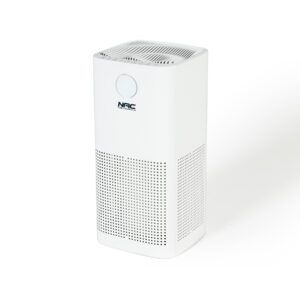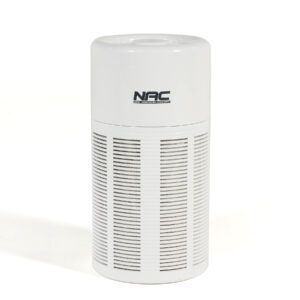Home » elementor-20975 » Air purifier
Air purifier
An air purifier is truly a combine of different filters which remove dirt and pollutants in stages from the air taken in. The first to be removed are solids which can often be seen with the naked eye, like pet and human hair, as well as dust. The next filter is a veteran of smog containment, a HEPA13 filter with a 99.95% efficiency in removal of PM2.5 and PM10 particulate matter. The last stage is an activated carbon filter which removes organic pollutants (which are often carcinogenic or toxic) and odours.
The air discharged back into the room is saturated with negatively charge ions which bind positively charged matter (which can be released by home electronic appliances like PCs and TV sets and can attract bacteria and viruses) to descend onto the ground. Another advantage of the air purifier is the integrated UV lamp the light of which is bactericidal.
Today, no one is amazed any longer by such convenience features as appliances controlled with smartphone apps or multiple programmable features (like the operating time to power off or fan speed). The air purifier automatically indicates the quality of air we breathe using a LED ring around the display which changes colour depending on the load of pollutants. There is no need to remember about replacing the HEPA filter – the appliance pushes a reminder when the time for replacement comes.
The NAC AP470-DN air purifier is recommended for indoor spaces (at office or home by default) with a maximum area of 60 metres square. For smaller rooms up to 15 metres square, an appliance less advanced and much more affordable can be bought, like the NAC AP145-DN. This model is different by having a lower performance and a HEPA11 filter with an efficiency of 95% and no control or management using a smartphone app.
Smog is most likely here to stay for a long time… It makes all the sense to give our lungs a treat of clean air from an air purifier.



